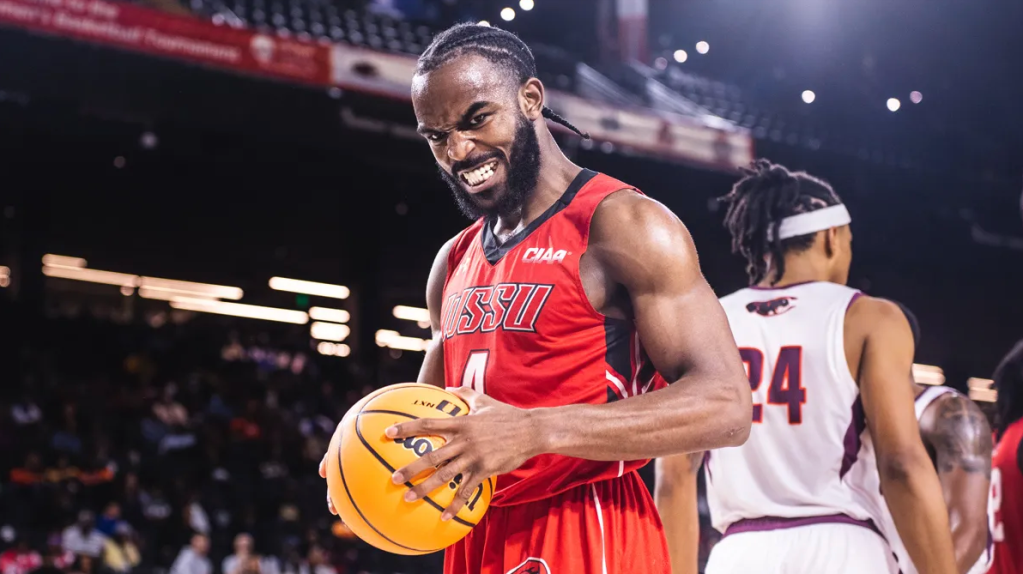Jean-Michel Basquiat made history last week when a painting by the late artist auctioned for $110.5 million, setting a new record for all American artists. Though he was a wunderkind of the 1980s art and pop culture scenes in New York, the renowned artist’s name didn’t hold much weight in contemporary hip-hop until Jay Z named him as a muse on his 2006 Kingdom Come press run.
“Inspired by Basquiat, my Chariots Of Fire…” Jay Z, “Grammy Family Freestyle” (2006)
Basquiat died in 1988 at 27, just as he was becoming a force in New York City’s popular art gallery scene. The mercurial star hung with ’80s superstars like Madonna (they dated), Andy Warhol (his mentor) and Fab Five Freddy (who had been planning to go to a Run DMC show with him on the night the artist overdosed on heroin). But even though Basquiat made his name as a graffiti artist and sought to legally rob the rich with his wits, he wasn’t fully recognized by the hip-hop world as legendary kin until decades after his death.
Jay Z’s co-sign has given Basquiat a new lifetime of credibility, and every mention will boost the value of his exclusive product for generations to come.
Still, 11 years after Jay first uttered the Basquiat’s name during a visit with Hot 97’s Funk Flex, everyone from Rick Ross to Kid Cudi has honored him, and the value of his work has increased exponentially.
Though Basquiat and Fab Five Freddy were great friends, they both knew their clashing aesthetics made it seemingly impossible to do good business in one another’s respective fields. The bourgeois crowd that spent racks on Basquiat’s art didn’t want to share a space with hip-hop’s core audience. It just wouldn’t make cents.
In his short career, Basquiat produced over 2000 paintings and sketches. They sold for about $50,000 a pop in his prime and are still revered as some of the most brilliant in modern history. In the 11 years since Jay Z began dropping the artist’s name like a luxury automobile or champagne brand, his paintings have become more coveted than ever — first on the record, then on the market.
Jay has reference Basquiat on at least six recorded verses, and the patriarch of hip-hop’s first billion-dollar household has invested millions in Basquiat pieces over the years. Ever since he and his protégé Kanye West identified the artists as a key influence on 2011’s Watch The Throne, the name Jean-Michel has become synonymous with peak luxury in hip-hop circles, alongside brands like Maybach and Rolex. And unlike the non-reciprocal love hip-hop has suffered from corporate labels like Cristal, Timberland and Ralph Lauren over the years, Jay and Jean-Michel’s exchange feels realer than the exploitative corporate hustles the MC mastered in his early thirties.
https://twitter.com/jayadams/status/865381896984940544
Jay is only nine years younger than Jean-Michel would be today. And their polar opposite backgrounds and life trajectories make their posthumous connection tragically poetic. We didn’t need Jay to dress up like Jean-Michel in 2014 to see the resemblance. With everything we know about both, they could have switched lives as children and their geniuses may have still reached the same heights in alternate universes.
https://twitter.com/djfodera/status/816641810994970624
Jay, the crack dealer who barely made it out. Jean-Michel, the privileged art geek who wanted in. Basquiat moved downtown to drift and experience the fast life. Jay came up to the city from Brooklyn to escape it. One friend told Genius of Jean-Michel’s often misrepresented lifestyle:
“I met some really interesting people who didn’t really know who Basquiat was. They believed all the hype that they’d read in the press, which was — half of it was so wrong about him. Jean was upper-middle class, his father was a corporate executive, Jean went to private school, etcetera, etcetera. And they believed the hype that Jean was a ghetto snipe — he would joke about that. Hip-hop graffiti, lived in the projects in Harlem, all of that is so wrong.”
Basquiat’s soft voice and abstract intellect didn’t translate as clearly as the Jigga man’s on most blocks, but his iconic influence as SAMO is as hip–op as Ramo on the train tracks if you know the culture’s roots. Jay Z’s co-sign has given Basquiat a new lifetime of credibility, and every mention will boost the value of his exclusive product for generations to come.
Jay, the crack dealer who barely made it out. Jean-Michel, the privileged art geek who wanted in. Basquiat moved downtown to drift and experience the fast life. Jay came up to the city from Brooklyn to escape it.
It’s not the usual refried and gentrified story of American capitalism we’re used to. It feels purer than the commodification of heroes like Bob Marley— a freedom fighter turned college stoner status symbol. Even Jay’s bold Barclays Center play, which brought an NBA team and concert hall within a stone’s throw of his old stash house, is clouded by the appearance of submission to America’s fat cat corporate forces.
Jay’s Basquiat investment comes with a clearer conscious and more dramatic returns than big real estate and sports franchise ownership. And the unlimited resources he can dedicate to further defining Basquiat as the Big Baller Brand of the art world will only further solidify both of their legends in both ghetto and the gallery.
















